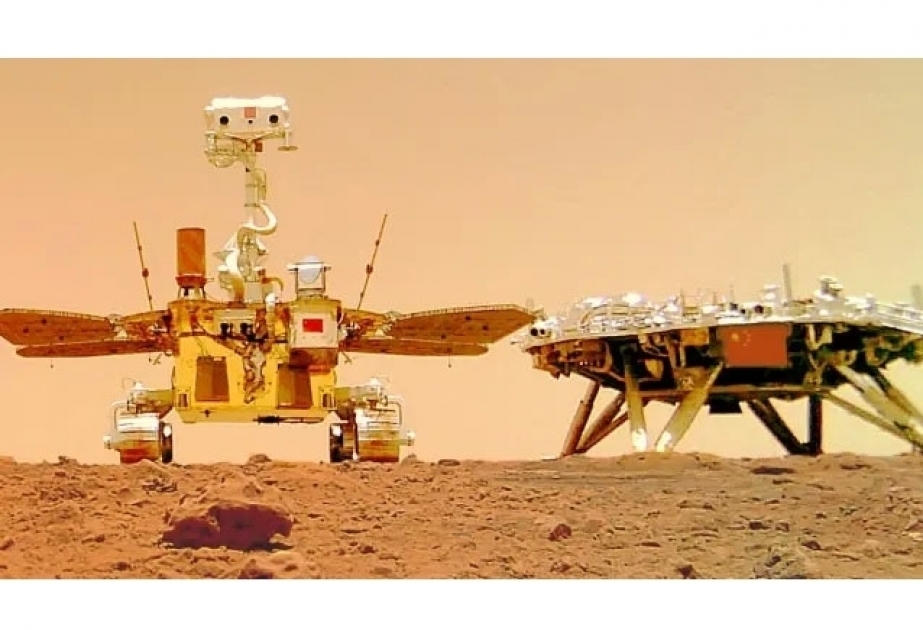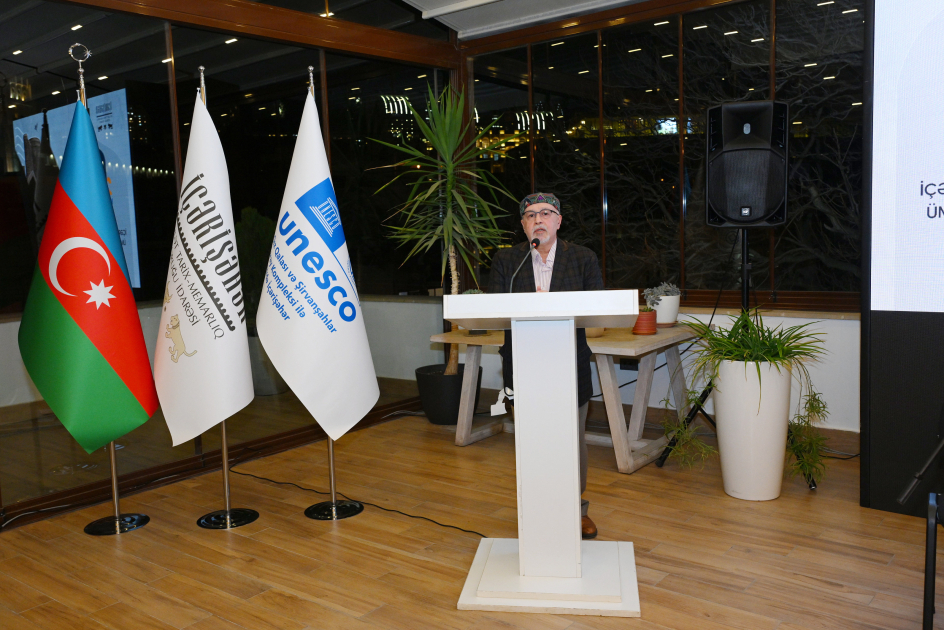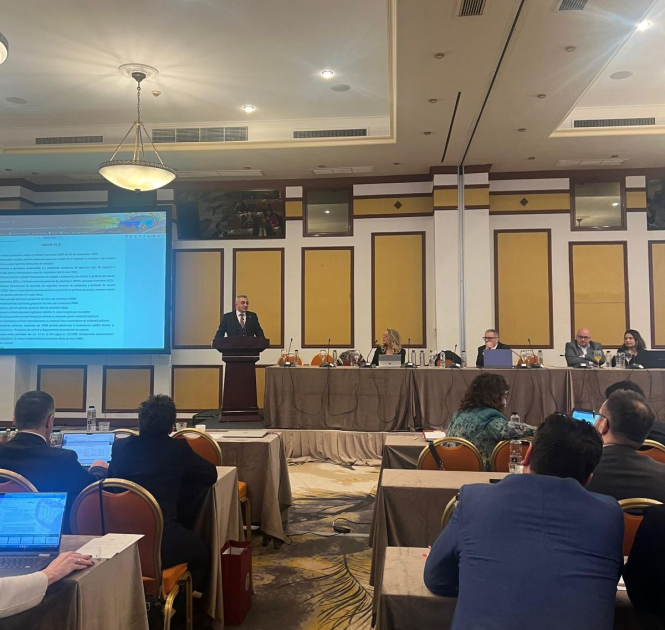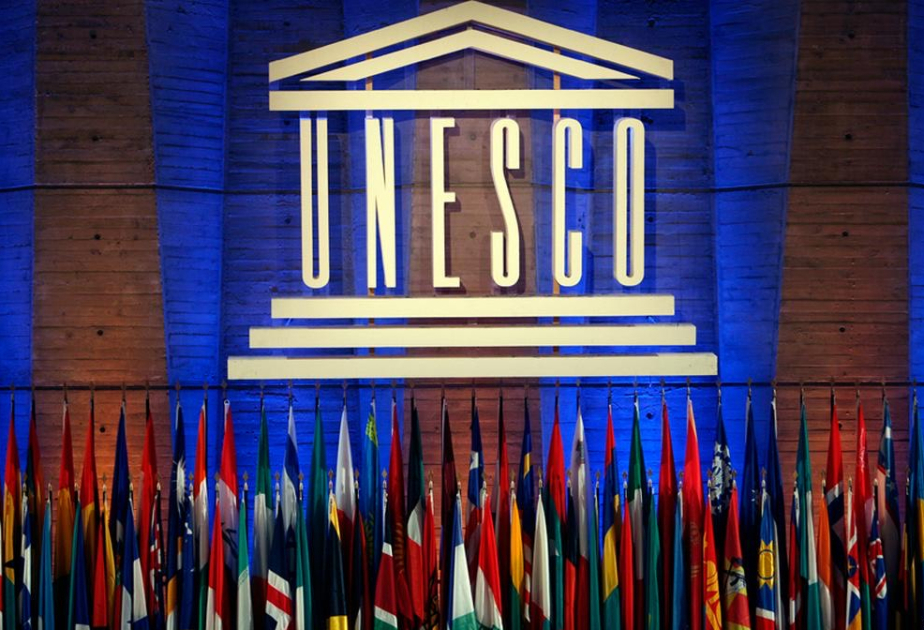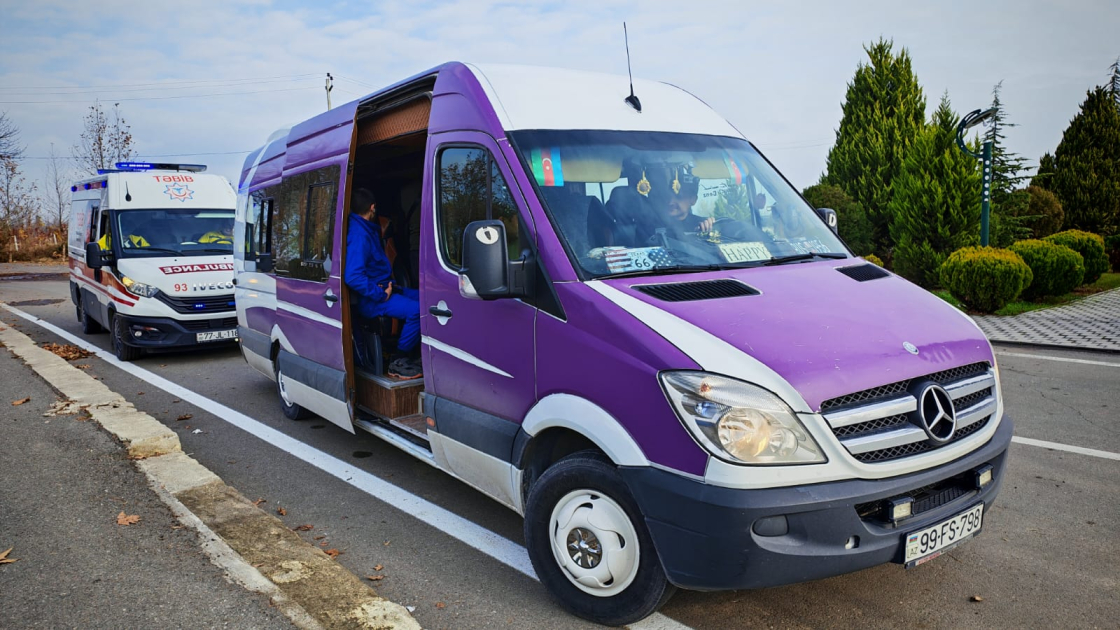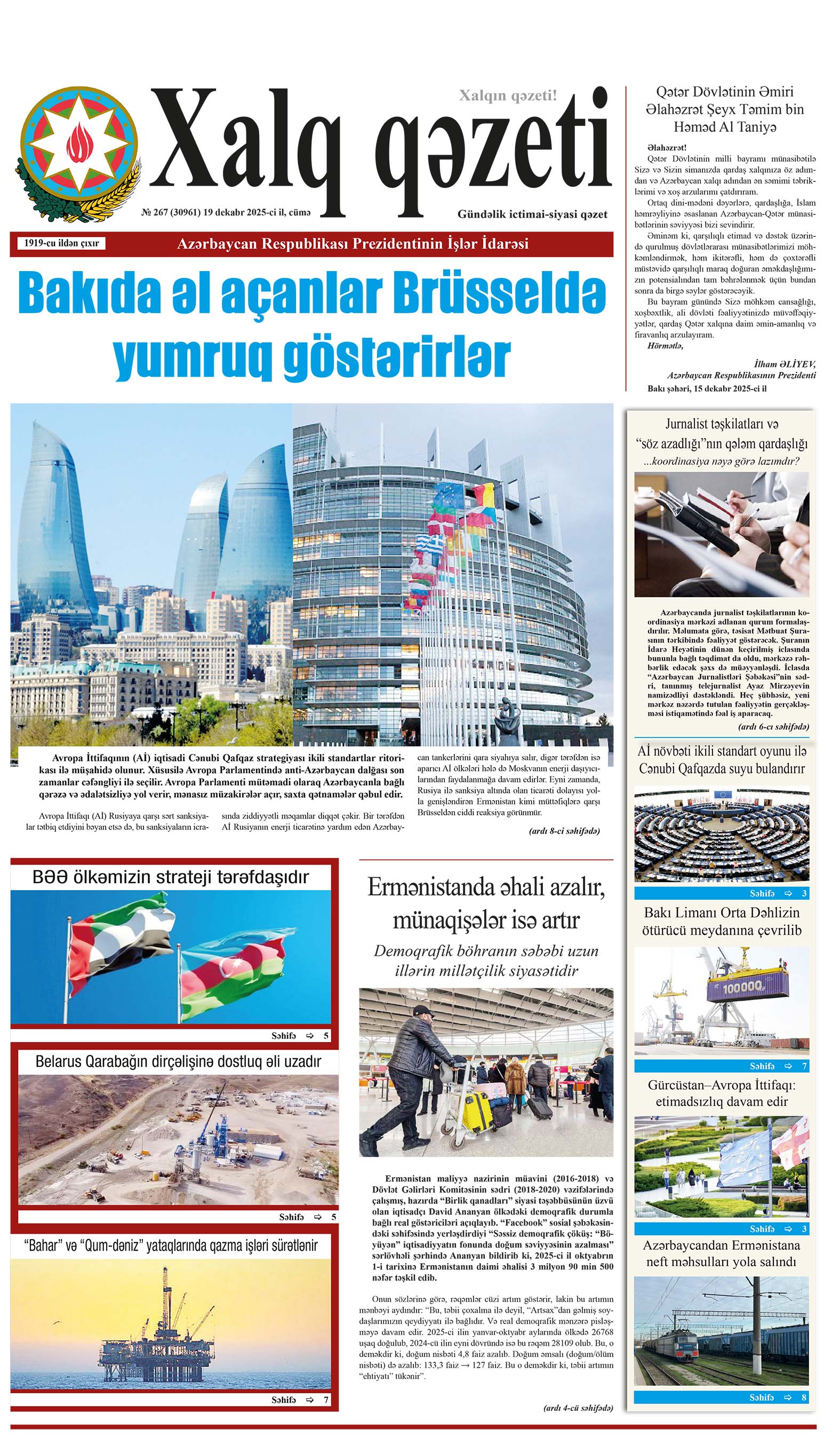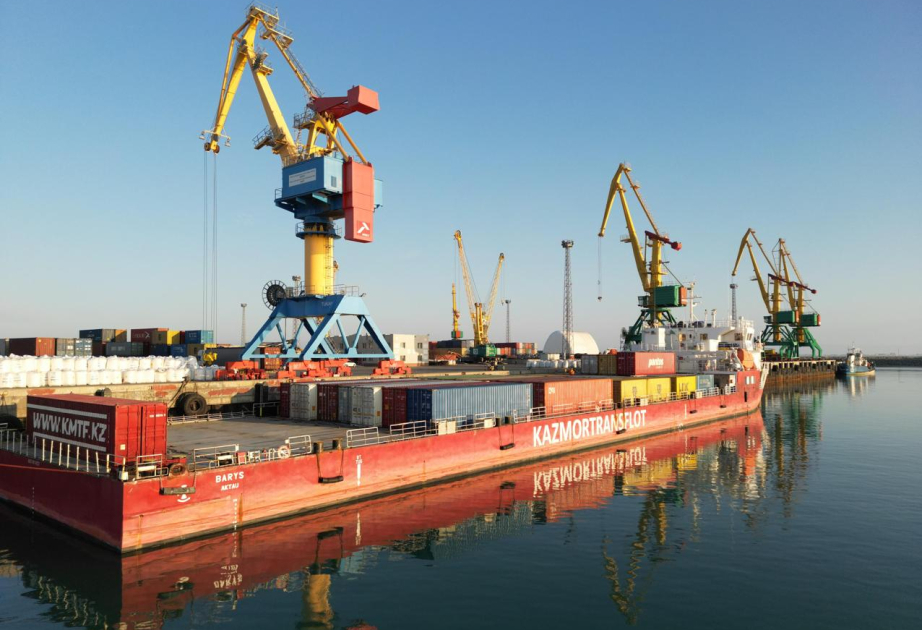China is making progress towards a 2030 launch for its Tianwen-3 Mars sample return mission and has narrowed down potential landing areas, according to SpaceNews.
Work on China’s Tianwen-3 Mars sample return mission is progressing “relatively smoothly” and will launch around 2030, Sun Zezhou, a senior engineer at the China Academy of Space Technology (CAST), told China Central Television (CCTV) March 6. Sun was the chief designer of China’s successful Tianwen-1 Mars orbiter and rover mission.
The update, while short and vague, comes as NASA is reassessing its Mars Sample Return (MSR) mission due to major budget and schedule concerns. A final fiscal year 2024 spending bill deferred a decision on spending for MSR.
China’s Tianwen-3 Mars sample return architecture is a simpler approach than NASA’s, yet is still a very complex mission. Two Long March 5 launches will carry a lander and ascent vehicle and an orbiter and return module respectively. Entry, descent and landing will build on technology used for the Tianwen-1 rover landing.
On the surface, the lander will use a robotic arm to collect surface samples and a drill to collect material from up to two meters below the surface. Either a six-legged crawling robot or an Ingenuity-like helicopter could fly on the mission to add the capacity to collect a more diverse set of samples. The mission targets delivering around 500 grams of Martian samples to Earth.
Sun outlined the main challenges as obtaining rock samples and then taking off from the surface of Mars, followed by a rendezvous and docking in orbit and the transfer of the samples to a reentry module. These require a high degree of autonomy in terms of system design.
The technical foundation is already in place, Sun said. China has Mars entry, descent and landing experience from Tianwen-1. It has also conducted sampling and launch from another planetary body with the Chang’e-5 lunar sample return mission. Sun added that the samples could help provide answers as to whether there were ever traces of life on Mars.
Sun was speaking on the sidelines of China’s ongoing annual parliamentary sessions in Beijing. His comments provide limited insights into progress of the mission. Chinese officials earlier stated a launch date of 2028, with samples to be returned in 2031. The 2030 statement indicates the mission will miss that Mars launch window. This means a slip of 26 months to the next such opportunity.
A recent research article in the journal JGR Planets additionally reveals three preselected landing zones for Tianwen-3. These are Amazonis Planitia, Utopia Planitia—the area within which the Zhurong Tianwen-1 rover landed—and Chryse Planitia.


